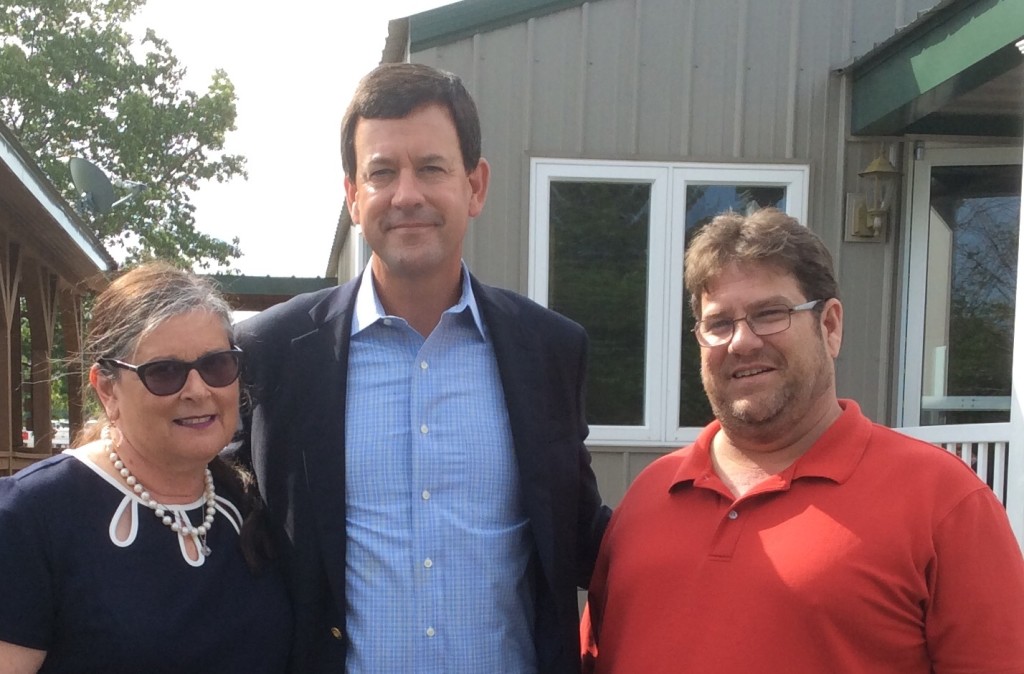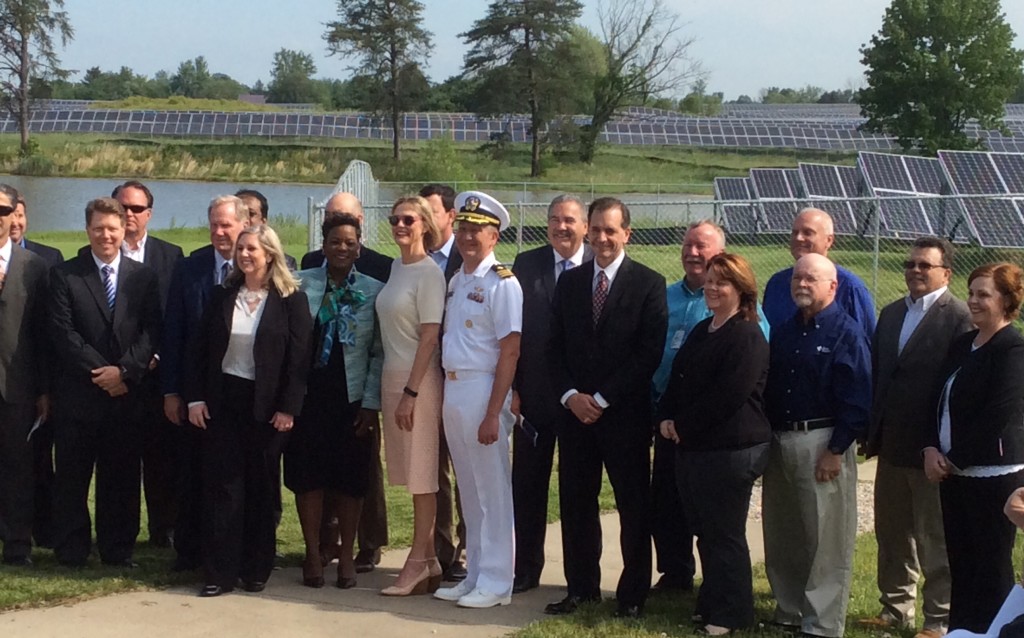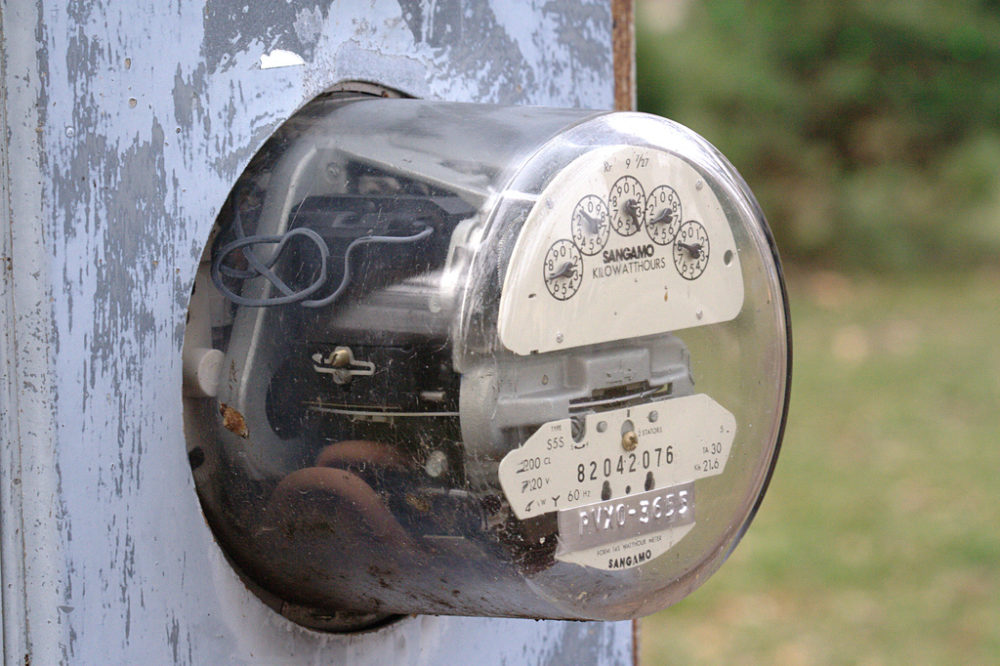Green Alternatives Inc., based at Inventrek in Kokomo, wins state award
KOKOMO – A local business was recently recognized with an Economic Development and Growth Through Entrepreneurship award – a distinction given to small businesses.
Green Alternatives Inc., the recipient of the award, sells and installs solar panel equipment at residences and businesses in Kokomo and surrounding areas. It’s based out of the Inventrek business incubator on East Firmin Street.
Each business presented with an EDGE award has received assistance from the Indiana Small Business Development Center, which supports 10 regional offices across the state and provides entrepreneurs with guidance and resources on how to start and grow a business, according to a press release from the Indiana Economic Development Corporation.
“We find working with ISBDC very beneficial,” said Green Alternatives President Chris Rohaly. “And so I think the more we take advantage of them, the more it helped us in our growth, and I think they recognized that.”
Working closely with ISBDC gave Green Alternatives a number of advantages, said Rohaly, including detailed market searches and gathering demographic data. That helps them with their marketing, he said, to ensure that they are presenting themselves in a way that “resonates” with the market.
Lita Rouser, a business advisor for ISBDC, said Green Alternatives was given their award for their growth and their “ability to carve out a place in the market.”
“Solar power is newer, and we admire the dedication that that takes, and the focus, and we thought Green Alternatives was the perfect business to recognize,” said Rouser.
“In a market that is just now beginning to understand solar and the need for it, and adapt it, Green Alternatives is, we think, doing a marvelous job at getting out there and educating people and introducing this market to solar energy.”
Rohaly noted that he wasn’t aware they were even being considered for the award. Once he was notified that they had won, he said it was “very encouraging.”
“Especially in a business that’s really not got an established market, you sometimes wonder why you push, or whether or not your pushing is going to bear fruit,” he said.
Green Alternatives was formed in 2008, but took several years before it became a full-time job. Over that span of time, they built up a client base, reaching a state where they could “do (the business) justice.”
Over the years, Rohaly has noted that the reception to solar power has, in general, become more positive and less skeptical.
Existing customers are “grandfathered” in, and may take advantage of net metering until 2047. For that reason, Rohaly expects to see an uptick in customers until Dec. 31, 2017, when the grandfathering deadline passes.
After that, he said, it’s hard to predict what this legislation will do to business. Using data from Nevada and California, which have changed net metering laws akin to Indiana, he said, he’s noted those states have experienced a drop in permit trends for solar energy.
Because of this, Rohaly says Green Alternatives will have to be especially careful with their finances in the future, and may have to diversify into comparable markets and explore business partnerships. His employees, he said, have skills that could translate well into other trades.
This comes during a time when, Rohaly claims, residential clients have been a growing trend.
“Solar is a technology and not a fuel, and so over time … technology gets better and cheaper at the same time. So prices are dropping, and at the same time, the opposing force is that conventional energy costs go up,” Rohaly said.
Over the next months, Rohaly said he hopes to have a better idea of what the future of his business will look like, but for now, he suspects they will have to be “well-run” and “creative.”
Cody Neuenschwander can be reached at 765-454-8570 or by email at cody@kokomotribune.com











